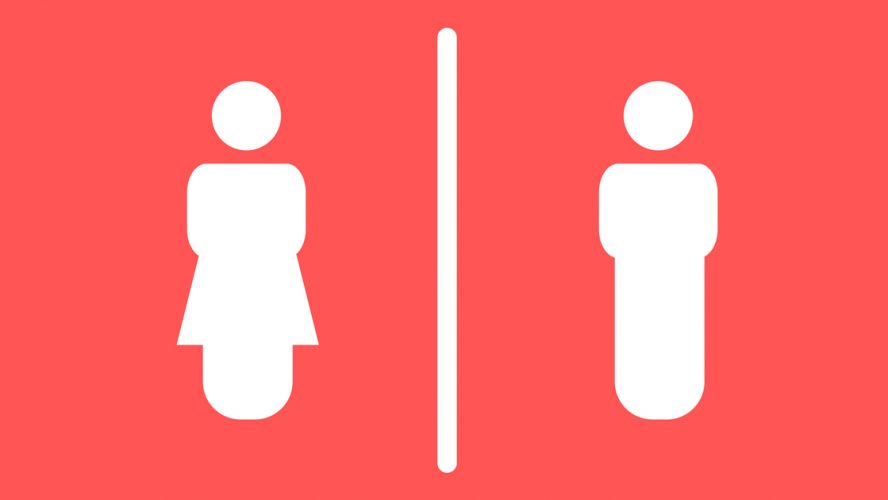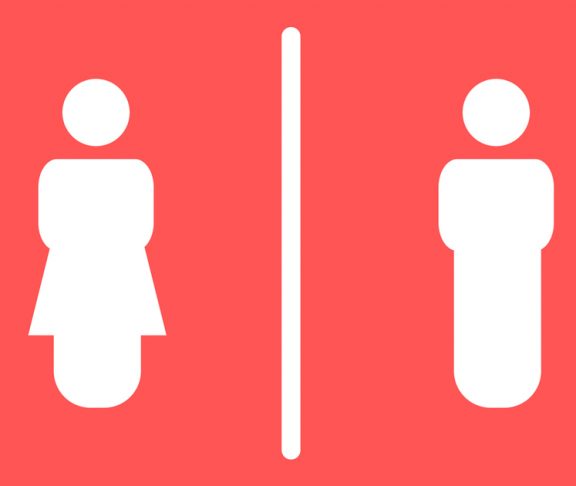
Professor Barry O’Reilly
Consultant in Obstetrics and Gynaecology, Cork University Maternity Hospital
Overactive bladder (OAB) is a very common condition affecting an estimated 350,000 people over the age of 40 in Ireland.
OAB is a condition that causes symptoms such as needing to run to the toilet to pass urine (urinary urgency) and, possibly, urinary leakage before getting there (urinary urge incontinence). It also causes an increase in the number of visits to the toilet during the day and at night (urinary frequency). OAB is still largely a ‘hidden’ condition. Patients do not readily admit to symptoms because they feel embarrassed or attribute them to the process of ageing.
More than two-thirds of people with OAB report a negative effect on daily life. OAB has been associated with many other problems including depression, falls and fractures in the elderly (as a consequence of rushing and frequent visits to toilet at night) and, as a result, increased admission to hospitals and nursing homes.
Diagnosis and treatment options
The cause of OAB is still unknown. A diagnosis of OAB is made based on the person’s symptoms and by ruling out other causes like neurological diseases or, more commonly, infections. Investigations that the doctor may order include a bladder diary and urine analysis. Secondary investigations include urodynamic testing, a cystoscopy and imaging of the upper urinary tract.
Once the diagnosis has been made, treatment includes lifestyle modifications like adjusting the volume, timing and types of fluid intake. In addition to lifestyle modification, exercises aimed at strengthening the pelvic floor musculature are a key part of managing OAB. Patients are also taught bladder training, which aims at increasing bladder capacity and subsequently increasing the interval between toilet visits, thus decreasing the symptoms or urgency.
It is imperative that we encourage people to not endure these symptoms and instead to seek medical attention.
The importance of seeking medical attention
Medical management is an important part of controlling the symptoms of OAB. The choice of therapy should be guided by the individual’s other medical conditions or other drug therapies, as not all the drug options are the same. It is often useful to consider combination therapy if the symptoms are difficult to control.
If medical management fails, other treatment options include Botox injections into the bladder, or stimulation of the nerves responsible for bladder control, which can be performed in an outpatient setting. Other options would include major surgery to increase bladder capacity.
OAB is a prevalent and debilitating condition with a significant impact on the quality of life of the patient. It is imperative that we encourage people to not endure these symptoms and instead to seek medical attention. It is also as important to enforce preventative measure on a national basis including raising bladder awareness, good toileting habits and pelvic floor exercises.
1: Source: Milsom et al. How Widespread are the Symptoms of OAB? BJU Intl. 2001; 87: 760-766.


